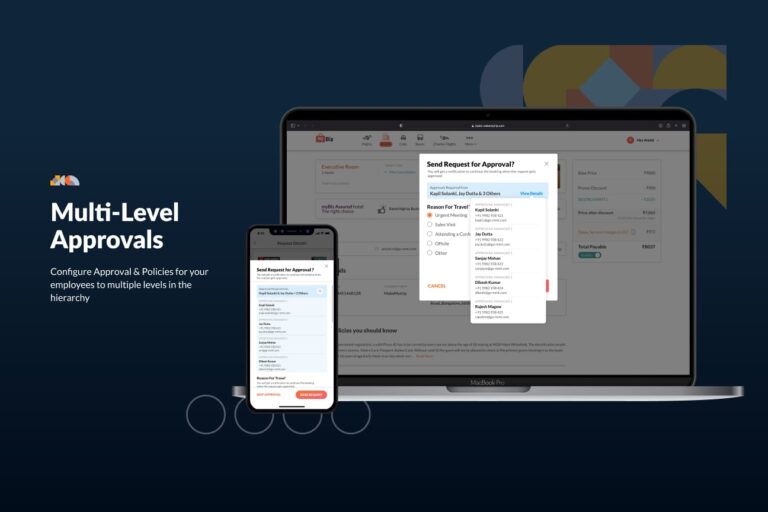
Fix and Flip Loans
Introduction
California’s real estate market, known for its diversity and dynamism, offers lucrative opportunities for real estate investors. One of the most popular investment strategies in the Golden State is fix and flip, where investors purchase distressed properties, renovate them, and then sell them at a profit. To succeed in the competitive world of fix and flip, understanding the role of fix and flip loans in California is essential. In this comprehensive guide, we’ll explore what fix and flip loans are, how they work, and how they can be your key to success in the California real estate market.
What Are Fix and Flip Loans?
Fix and flip loans, also known as rehab loans or renovation loans, are short-term loans specifically designed for real estate investors looking to purchase, renovate, and sell properties quickly. These loans provide the capital needed to acquire distressed properties, make necessary improvements, and ultimately sell the property for a profit. Unlike traditional mortgages, which have longer terms, fix and flip loans have short repayment periods, typically ranging from 6 to 12 months.
Key Features of Fix and Flip Loans:
- Short-Term Duration: Fix and flip loans have short repayment terms to align with the quick turnaround time of real estate investment projects.
- Asset-Centric: Lenders primarily assess the value and potential of the property rather than the borrower’s creditworthiness, making these loans accessible to a wider range of investors.
- Interest-Only Payments: During the loan term, borrowers often make interest-only payments, which can help manage initial financial burdens.
- Rapid Approval: Fix and flip loans are known for their swift approval process, enabling investors to capitalize on time-sensitive opportunities.
- Renovation Costs Included: These loans often include funds for property renovations, ensuring investors have the capital needed to enhance the property’s value.
Types of Fix and Flip Loans in California
There are several types of fix and flip loans available in California, catering to different investor needs and property types:
1. Fix and Flip Purchase Loans: These loans are used to acquire distressed properties that require renovation before they can be sold for a profit.
2. Fix and Flip Refinance Loans: Investors can use these loans to refinance an existing property, freeing up capital for renovations and improvements.
3. Fix and Flip Construction Loans: For properties in need of substantial construction or rebuilding, these loans cover both acquisition and renovation costs.
4. Fix and Flip Lines of Credit: Investors can secure a line of credit to fund multiple fix and flip projects, drawing on the line of credit as needed.
How Fix and Flip Loans Work in California
Understanding the process of obtaining and using fix and flip loans in California is crucial for a successful real estate investment:
1. Property Identification: Real estate investors identify distressed properties with potential for renovation and profit. They often work with real estate agents or scout opportunities themselves.
2. Prequalification: Investors get prequalified for a fix and flip loan by providing their financial information to a lender. The lender assesses eligibility and determines the loan amount.
3. Property Evaluation: The lender conducts a property evaluation to determine its current value and potential after renovations. This assessment helps establish the loan amount.
4. Loan Application: Investors submit a loan application, along with renovation plans and cost estimates, to their chosen lender. The lender reviews the application and approves it based on the property’s potential.
5. Approval and Disbursement: Once approved, the lender disburses the loan funds, often in installments, to cover the purchase and renovation costs. These disbursements occur as renovation milestones are reached.
6. Renovation Phase: Investors use the loan funds to renovate the property, enhancing its value and marketability. They manage contractors, materials, and the renovation process.
7. Property Sale: After completing renovations, investors list the property for sale. The goal is to sell the property quickly and at a profit, ideally covering the loan repayment and yielding a substantial return on investment (ROI).
8. Repayment: Investors make interest-only payments during the loan term. Once the property is sold, they repay the loan, including any remaining principal.
9. Profits: The profits from the property sale, after deducting loan repayment and renovation costs, constitute the investor’s return on investment.
Get more information about fix and flip loans here.
Benefits of Fix and Flip Loans in California
Fix and flip loans offer several advantages for real estate investors:
1. Speed and Efficiency: In California’s competitive real estate market, timing is critical. Fix and flip loans provide rapid approval processes, enabling investors to seize opportunities swiftly.
2. Flexible Financing: These loans are tailored to meet the unique needs of each fix and flip project, ensuring investors have the capital needed for acquisition and renovations.
3. Accessibility: Investors with diverse financial circumstances or credit histories that may not align with traditional lending standards can access financing through fix and flip loans. These loans prioritize the property’s potential.
4. Built-In Renovation Funds: Fix and flip loans often include funds for property renovations, eliminating the need for separate financing for improvements.
5. Potential for High Returns: Successful fix and flip projects can yield significant profits, making this investment strategy appealing to many.
Challenges of Fix and Flip Loans in California
While fix and flip loans offer numerous advantages, they also present certain challenges:
1. Higher Interest Rates: Fix and flip loans typically come with higher interest rates compared to traditional mortgages, reflecting the short-term nature of the loans.
2. Short Repayment Terms: Investors must have a clear exit strategy, which may involve selling the property quickly, to repay the loan within the short loan term.
3. Property Risk: The success of a fix and flip project hinges on accurate property assessment and renovation management. An inaccurate assessment or unexpected renovation challenges can impact profitability.
4. Market Fluctuations: Real estate markets can fluctuate, affecting property values and potentially impacting an investor’s ability to sell the property at the desired profit.
Navigating the Process of Acquiring a Fix and Flip Loan in California
To successfully secure and manage a fix and flip loan in California, follow these steps:
1. Define Your Investment Strategy: Clearly outline your investment goals, including budget, target properties, and expected return on investment (ROI).
2. Prequalification: Begin by seeking prequalification for a fix and flip loan. This phase involves providing your financial information to a lender, who assesses your eligibility and determines your potential loan amount.
3. Lender Selection: Choose a reputable lender experienced in fix and flip loans in California. Engage in discussions to explore available loan options and terms.
4. Comprehensive Loan Application: Prepare a detailed loan application that includes renovation plans, cost estimates, and all required financial documentation.
5. Obtain Lender Approvals: Secure necessary approvals from your chosen lender, which may include property assessments and inspections.
6. Effective Renovation Management: Diligently manage the renovation process, working closely with contractors to ensure the project stays on schedule and within budget.
7. Property Sale: After completing renovations, list the property for sale and actively market it to potential buyers.
8. Loan Repayment: Make interest-only payments during the loan term. Once the property is sold, use the proceeds to repay the loan, including any remaining principal.
9. Calculate ROI: Analyze the project’s profitability by calculating your return on investment (ROI) after deducting loan repayment and renovation costs from the sale proceeds.
Conclusion
Fix and flip loans in California provide real estate investors with a strategic pathway to profit from property investments. Whether you’re a seasoned investor or just starting in the real estate market, understanding the dynamics of fix and flip loans can empower you to navigate the competitive real estate landscape of the Golden State.
By carefully assessing properties, developing sound renovation plans, and collaborating with reputable lenders and contractors, you can embark on successful fix and flip ventures. The potential for substantial returns on investment awaits those who can seize opportunities and execute their projects efficiently and profitably. Fix and flip loans are the tools that can turn your California real estate aspirations into lucrative realities.
Write and Win: Participate in Creative writing Contest & International Essay Contest and win fabulous prizes.


